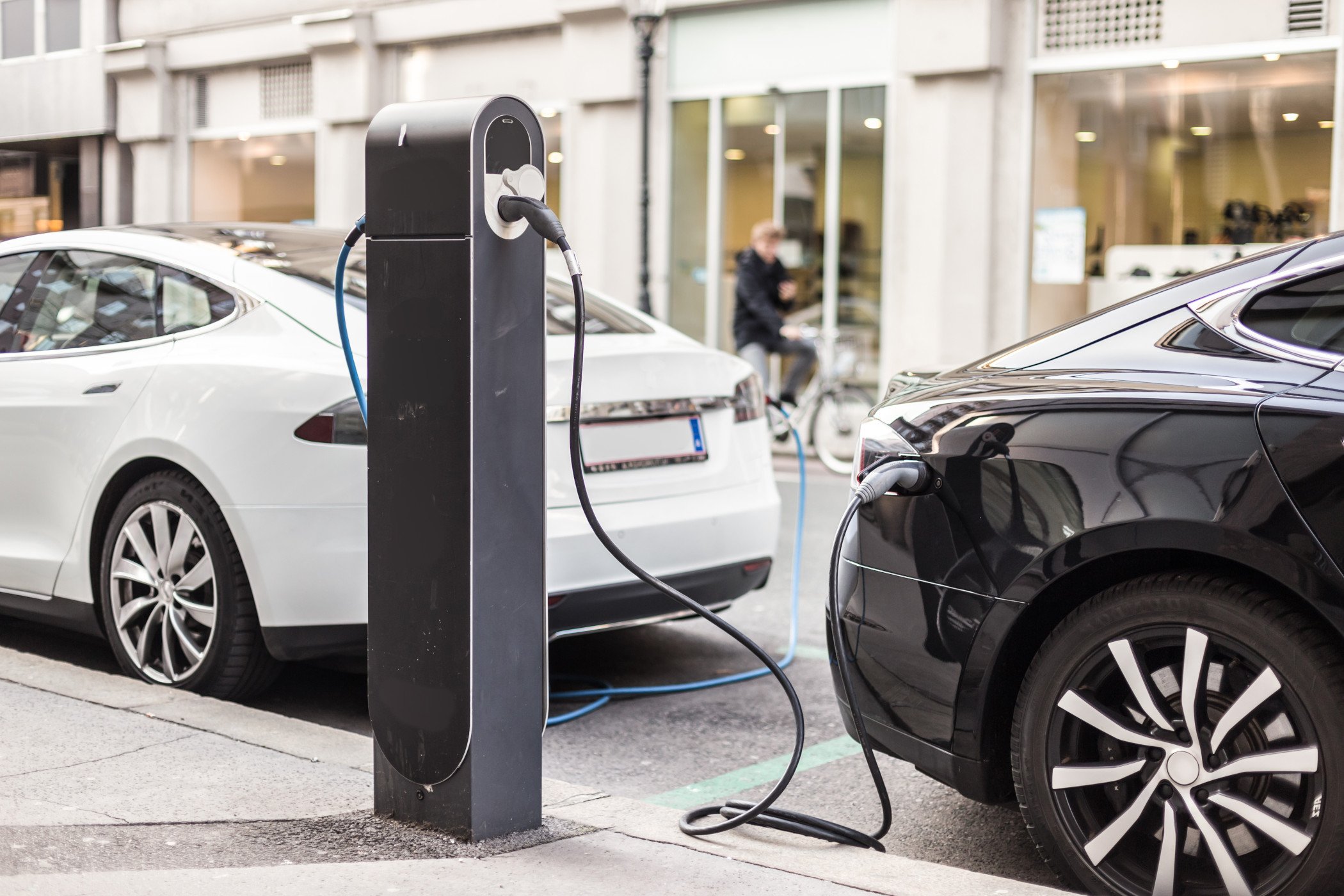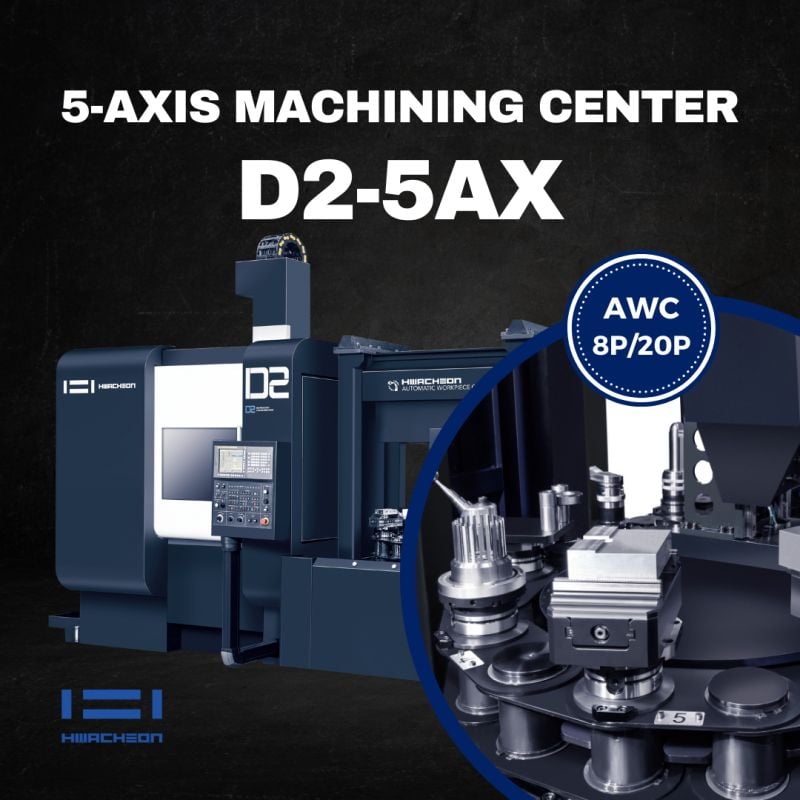
Tesla demonstrates electric vehicles (EVs) don’t necessarily need dual transmissions. As the multi-gear EV trend gathers pace, Mats Wennmo, Global Automotive Transmission Manager at Sandvik Coromant, explains how power skiving can help EV manufacturers.
Tesla’s dual-motor Model S, X and Model 3 vehicles have two different gears, one in the front and the back. The potential of multiple gears has also been explored by Porsche, which has confirmed its electric Taycan will have a two-speed gearbox. EVs from Polestar, Volvo, Lucid and Volkswagen all have transmissions too. New technologies include a two-speed EV trans-axle drive unit announced by ZF.
There are performance advantages of multiple gear ratios in EVs and if Porsche and Tesla prove successful, then how can others follow suit while keeping their production cost-effective?
There are two reasons why EVs need transmissions. First, the torque/rpm ratio is not the same as an internal combustion vehicle. In an EV, it is hard to achieve torque/acceleration from the battery without a transmission. The high torque puts high loads on the gear flanks and with high RPMs, it brings noise reduction into focus.
Second, the high RPMs in EVs put higher demands on the transmission, making it difficult to use conventional machining. That includes adding deviations to the gears every time the gear is moved to the next machine. The transmissions are mainly planetary where the compact design also reduces weight and space requirements.
Power skiving in practice
 So, what’s the best way to produce transmission components? The answer lies in power skiving. The process combines shaping and hobbing, undertaking gear cutting in a single continuous process.
So, what’s the best way to produce transmission components? The answer lies in power skiving. The process combines shaping and hobbing, undertaking gear cutting in a single continuous process.
Power skiving has several advantages over traditional machining methods, such as higher productivity and flexibility. It becomes possible to machine the complete part in a multi-task machine in a single set-up. This shortens cycle time, improves quality and reduces handling and logistics, removing the need for several specialist machines. One Sandvik Coromant customer tested power skiving when it sought to shape main gear components made from 16MnCr5 steel using the Sandvik Coromant CoroMill® 178.
The workpiece was roughed and finished with a CoroMill 178H PM-HSS solid power skiving cutter. Previously, the customer used a shape cutter at 40m/min for roughing and 50m/min for finishing. This tool increased speeds to 250-300m/min for both operations.
Overall, the manufacturer applied the CoroMill cutters to three steps for roughing and two for finishing. The customer reduced tool set-up and indexing time, increased process stability and improved quality. There was no longer a need to move the component between different machines. Additionally, by replacing the shaping process with power skiving, cutting time was reduced and tool life increased. This equates to a 90% reduction in machining time.
Choosing a tool
Sandvik Coromant offers a series of carbide cutters for power skiving, the CoroMill 178S and 178H are made from powder metallurgical high-speed steel (PM-HSS) and are available for module 0.5–6 (DP50–5). Sandvik Coromant also offers its CoroMill 180, this indexable insert cutter has railed insert seats that demonstrate repeatability and accuracy in modules ranging from 2.5–8 (DP 10–3).
Whilst power skiving is not new, it has gained new popularity as machines become more robust and rigid, with manufacturers seeking new methods of machining. Power skiving works particularly well in mass production scenarios where short lead times are decisive and downtime is costly.

